It’s no secret that the real estate market, specifically in Florida, is still experiencing a strong seller’s market, with some residential properties often selling for above the asking price and in just a few days. If you are thinking of cashing out, you may ask yourself how much should you spend in repairs when selling your home.
Some real estate authorities point out that there are currently more homes coming onto the market than in the last two years, and that may begin to reduce the average price point. Still others feel that more inventory will not necessarily cause prices to fall.
In either case, if you’re making the decision to sell your home in today’s market, there are things you’ll need to consider before signing a listing agreement with a REALTOR®. Some of the most critical questions you’ll need to answer relate to how much “home improvement” you undertake to make your home more appealing and saleable.
In today’s home-buying frenzy, it can be true that homeowners need to do very little to find a buyer. While repairing a sinking driveway or painting your kitchen cabinets may have made sense a few years ago, getting into those types of projects – and expenses – may not be necessary today.
Buyers are snapping up houses and condominiums in Southwest Florida within days, and sometimes hours, after they become advertised on the market. In many cases, paying more than the asking price after ending up in a bidding war.
This phenomenon is not just for ultra-luxurious, high-end properties. In Cape Coral, Florida, a 3 bedroom, 2 bath home with a pool was offered on the market in early 2022 for $465,000. The home is about 1,500 square feet in size and built in the mid-1980s. To say that it needed work may be an understatement – the outdated home was a mess and required a lot of major clean-out and updating.
It sold in 1 day for $480,000.
Still, getting your home prepared to attract the highest selling price can be a balancing act between the effort and money you spend and what you can expect to get for your efforts.
Things to Consider When Selling Your Home
Most people understand that putting your home on the market is a bit of work. You’ll need to be ready, and have your home in the best possible condition, when your real estate agent calls to say they want to show it. After all, you don’t want to miss a sales prospect.
This means not only should you be ready to vacate the property during the showing – buyers don’t really want to hear your thoughts on the property – and your home should clean, decluttered, and present itself with the best possible appearance.
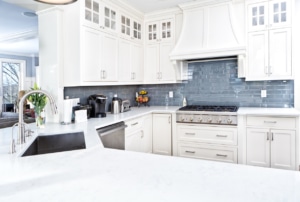 But what about cosmetic or structural repair work? How do you determine if you should replace the kitchen countertops with new, granite tops or fix and repaint the cracks in your lanai deck?
But what about cosmetic or structural repair work? How do you determine if you should replace the kitchen countertops with new, granite tops or fix and repaint the cracks in your lanai deck?
Your roof is a key component of your home and can be a major issue when it comes to selling. If your house has a roof that is 20-years older or more, a buyer may consider that when making their offer.
In many cases, their offer may take the older roof into consideration, and they’ll deduct that amount from their offer. If a home inspection reveals that the roof needs to be replaced and the estimated cost is $15,000, the buyer can make an offer $15,000 below the asking price to offset that cost.
This also applies to other major home components like HVAC systems, pool equipment, electrical and plumbing systems and more. Sources say that a new roof will provide about an 80% return on investment, or ROI. So, while you may be able to attract more buyers with a brand new roof, don’t expect to recoup all of that money when you sell.
If you live in an older home with the original kitchen from the 70s or 80s, it may be tempting to gut it and install new, modern cabinetry, countertops, and sink. On average, an upgraded kitchen or bath can result in around a 90% ROI, as long as you don’t overdo the project.
 New bathroom commodes, vanities and basins and a new shower are one thing, but a top-of-the-line marble steam shower or premium kitchen appliances may be too much to invest in order to expect a realistic return when selling.
New bathroom commodes, vanities and basins and a new shower are one thing, but a top-of-the-line marble steam shower or premium kitchen appliances may be too much to invest in order to expect a realistic return when selling.
If you have walls, doors or other surfaces that are marked, stained, or scratched, you may want to consider a fresh coat of paint. This can be a relatively easy and cost-efficient update when you do it yourself. If the exterior of your home needs paint, consider hiring a professional to do the job, as it can result in a wider range of prospective buyers. But you should only expect an approximate ROI of between 60 to 70%.
Your home’s landscaping and “curb appeal” can also attract buyers or make them keep driving and cross your home off their list. Some minor plant and tree removal or trimming, lawn fertilization and cutting, and cleaning out the plant beds can result in an ROI of 100%, making it a sensible project. Likewise, new bathroom floors, vanities, a fresh coat of interior paint and modernized toilet fixtures can return nearly 100% of the money you spend.
If your driveway, patio, or other hard exterior surfaces are showing cracks or if the concrete slabs are actually settling or sinking, you may want to consider having them repaired. A buyer will be concerned about any structural issues, which will only get worse in the future.
Again, the buyer may determine that fixing the issues will cost $10,000 and make their purchase offer with that in mind. There are companies that will pump materials underneath the sinking parts of your driveway or pool deck, and after that you can have them sealed and resurfaced. This can be a smart expenditure if it appears that there are serious structural issues in the house.
How Much is Too Much?
As we mentioned earlier, today’s unusual real estate market can make deciding how much work and expense you want to undertake when selling a challenge. While your goal is to get top dollar for your house, you don’t want to over-invest and not get an adequate return on your investment and time.
As in any real estate scenario, whether it’s a buyer’s or seller’s market, you will always encounter homes for sale that are in various stages of perceived “market readiness.” One property you visit may be in pristine condition, all staged to appeal to potential buyers the minute they walk in.
(Speaking of which, your front door may be a good place to invest in an upgrade for that “best first impression” benefit.) But the home 2 blocks over may be in a shambles of clutter, disrepair and serious construction or system problems.
When you analyze the property’s asking price, you’ll need to determine the financial cost of that home’s flaws compared to the one that is move-in ready. Look around in your market area, and make notes of what homes in your area are actually selling for, not just the asking price. This will help guide your decisions.
Doing some research before placing your home on the market can lead to a better sales price and less hassles at the closing table.
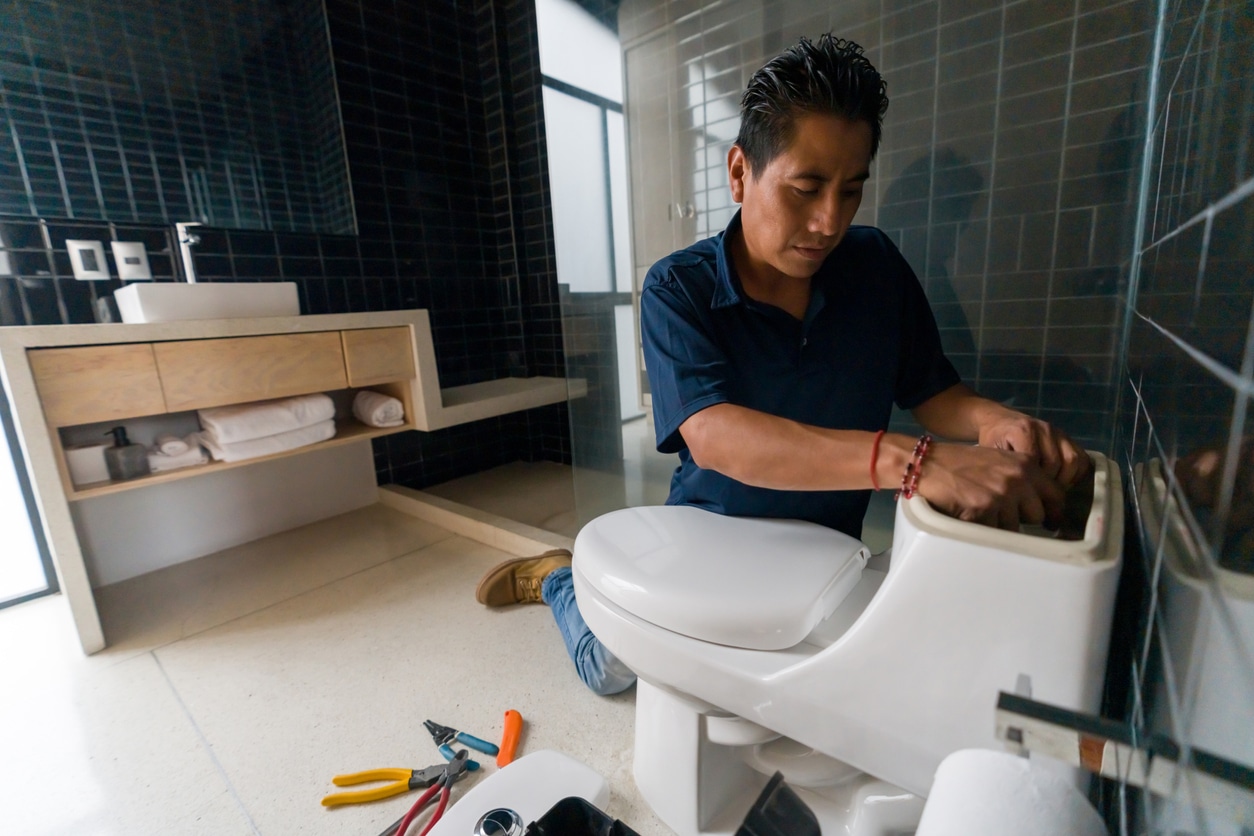
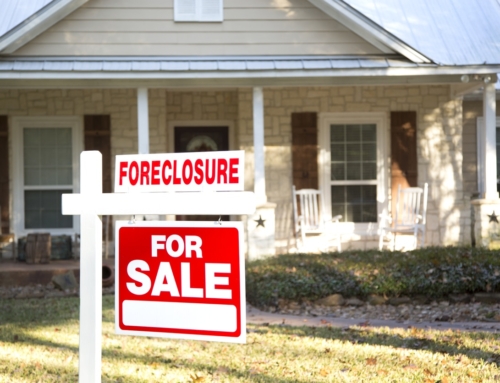


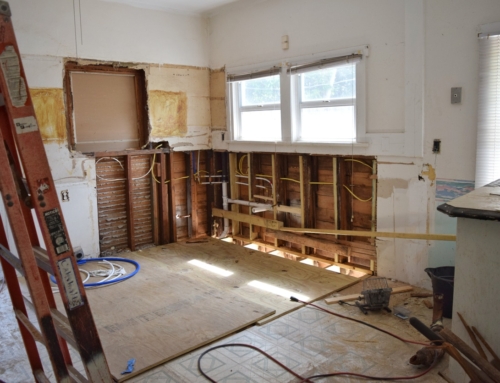
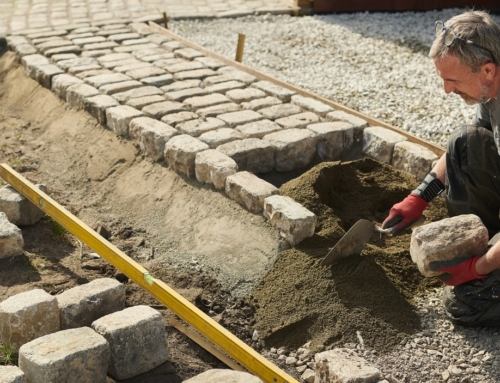

Leave A Comment